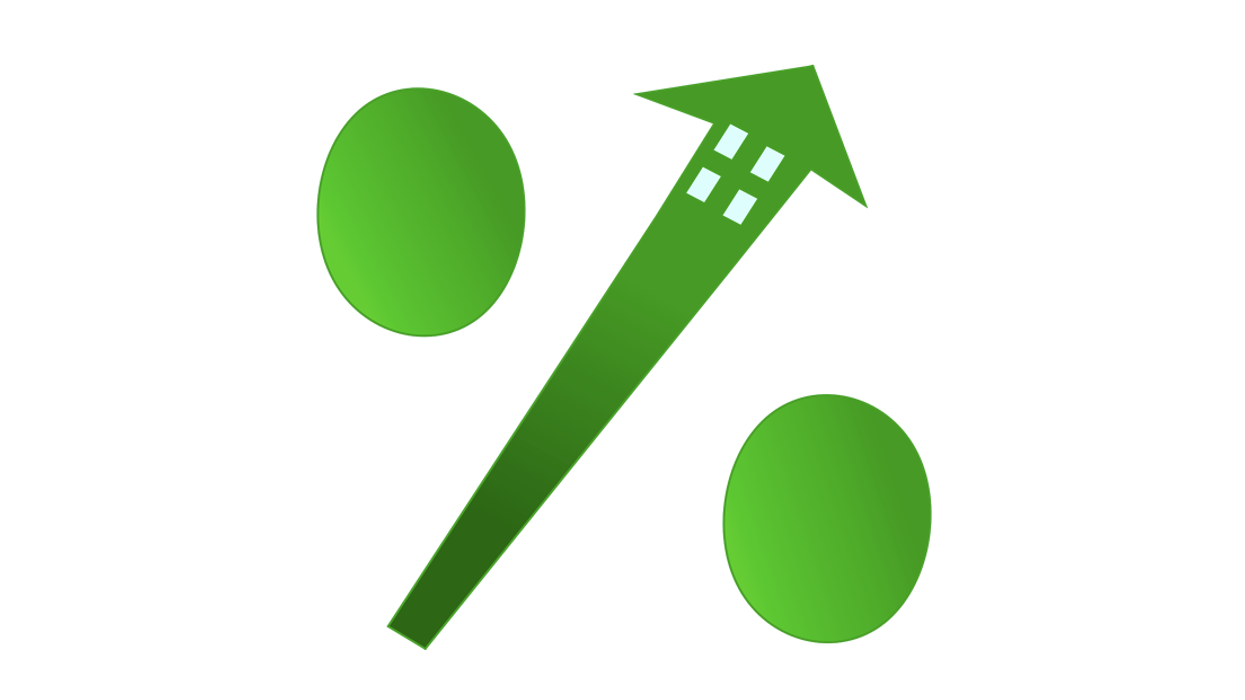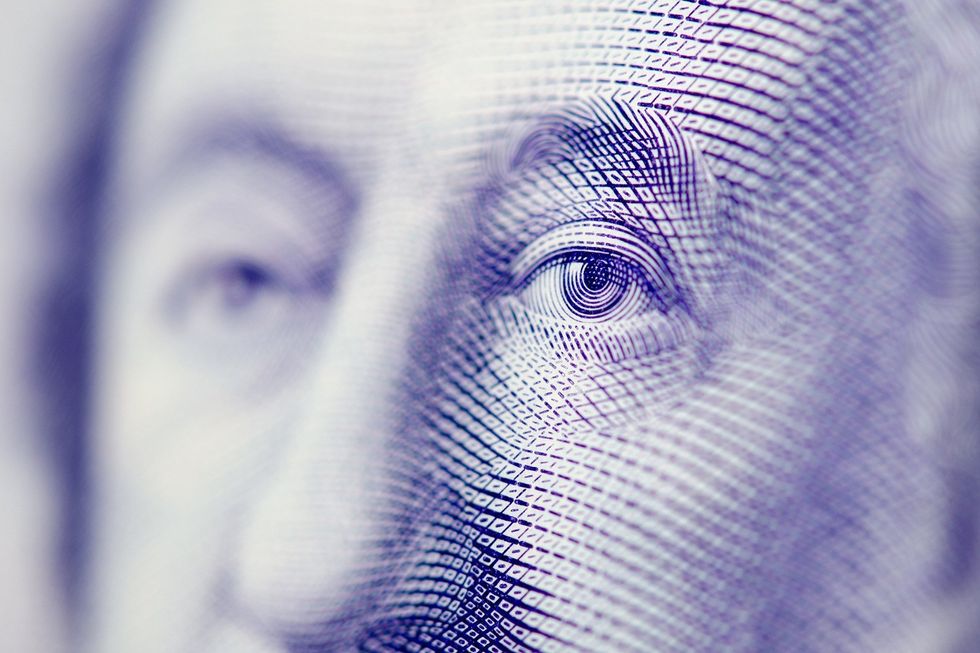Here goes another interest rate hike.
Growing trade volatility and tariff threats weren’t enough to sway the Bank of Canada from its upward swing.
The central bank, which sets the cost of borrowing for all lenders in the nation, has hiked its trend-setting interest rate to 1.5 per cent. It had been at 1.25 per cent, since January.
While the Bank of Canada concedes that the “possibility of more trade protectionism is the most important threat to global prospects,” stronger domestic economic data was too strong to ignore.
What's more, inflation continues to run close to two per cent. This is boosted by higher energy and commodity prices, while job numbers improve.
READ: How Much You Need To Earn To Afford A Home In These GTA Cities
Rate hikes by the Bank of Canada's U.S. counterpart, the Federal Reserve, have also paved the way for a rate hike. Putting off tighter monetary policy in Canada would have further depressed the Canadian dollar.
Not only was this hike widely expected, but it's also expected there will be more on the way.
Canadians are still absorbing the higher borrowing costs already introduced this year, as well as trade-related anxiety.
More Hikes To Come
Key indicators remain strong, prompting the Bank of Canada to believe any negative impact will be modest. It cites an economy operating close to capacity, stabilizing housing market, and improved business investment.
It also forecasts the economy will grow by 2.8 per cent in the second quarter of this year, followed by 1.5 per cent in the following quarter. Overall growth is expected to average around its two-per-cent target.
It's worth noting however that the Bank says this projection could be affected by impending tariffs and impact on affected industries.
How Will This Impact Borrowers?
The Bank of Canada influences the interest-rate pricing at Canada’s consumer lenders, so the cost of variable borrowing will now rise.
The “Big Six” banks – Bank of Montreal, Scotiabank, TD, National Bank, CIBC and Royal Bank – are highly expected to factor the full hike into their Prime Rates, currently at 3.45 per cent.
Should they follow the example set in following January’s rate hike, it appears consumers can expect Prime to go up to 3.7 per cent soon.
While fixed-rate borrowers will not be directly impacted by today’s rate hike, they will experience the residual effects.
Because fixed mortgage rates are influenced by the yield coupons on Government of Canada bonds, which are expected to rise following this announcement, those at the renewal or refinance stage may encounter higher fixed rates.
A Tougher Stress Test To Come
Things could become tougher for new mortgage applicants.
The “stress test” rate — otherwise known as the Bank of Canada’s five-year posted rate — go up with with the Big Six’s posted fixed rates. This means any upward movement on their part will be factored into the threshold Canadian mortgage borrowers must satisfy to receive home financing.
In short, interest rates are set to rise for the long-term, and all mortgage borrowers will be impacted in some way.






















